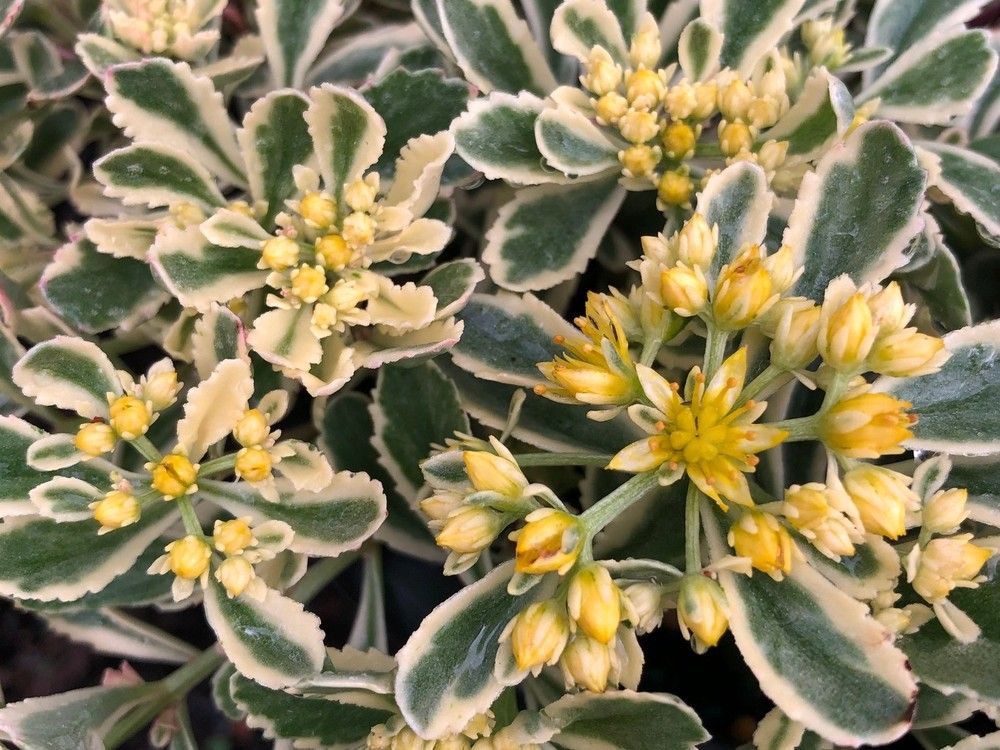Article content Our cooler spring weather, with some late mountain snow falls, is helping delay the inevitable drought realities coming this summer, but still, we need to plan our gardens more thoughtfully for when the hot weather arrives. Planting less is not necessarily environmentally good because plants of all species contribute so much good to our planet. From producing oxygen, opening up soil to allow in air, to providing food for microbes and producing nectar and pollen for beneficial insects, as well as providing food for birds and wildlife.
Water is becoming less available during the summer months, so we need to grow plants that require less water to thrive. We also must use water more efficiently by means of drip systems and soaker hoses rather than sprinklers. Rain barrels are more important today, and many folks are now beginning to use underground cisterns to capture all the rainwater from their roofs via eaves troughs.

The soil we use for planting needs to be enhanced with organic matter that will help retain moisture. Mulches around plants will hold water and cool the ground. Where we plant is also an issue.
Many sun-loving plants will tolerate heat, but it’s important to understand that between 11 a.m. and 3 p.
m. the sun is at its most intense, and that’s when plants are at greatest risk of heat stress. Trees are wonderful air coolers and great providers of oxygen, however, try not to plant under their drip lines because larger trees can extract water from.























